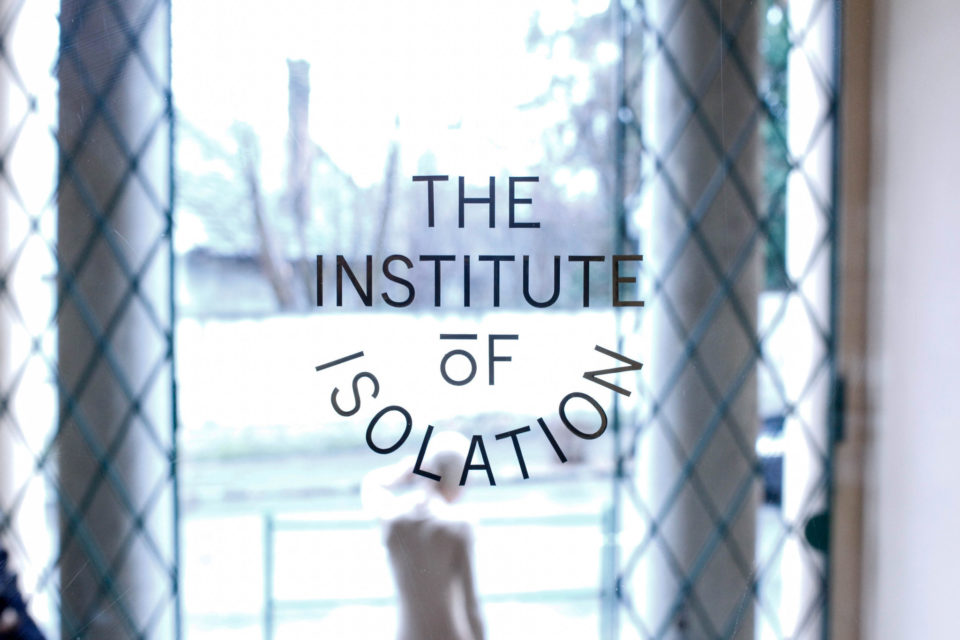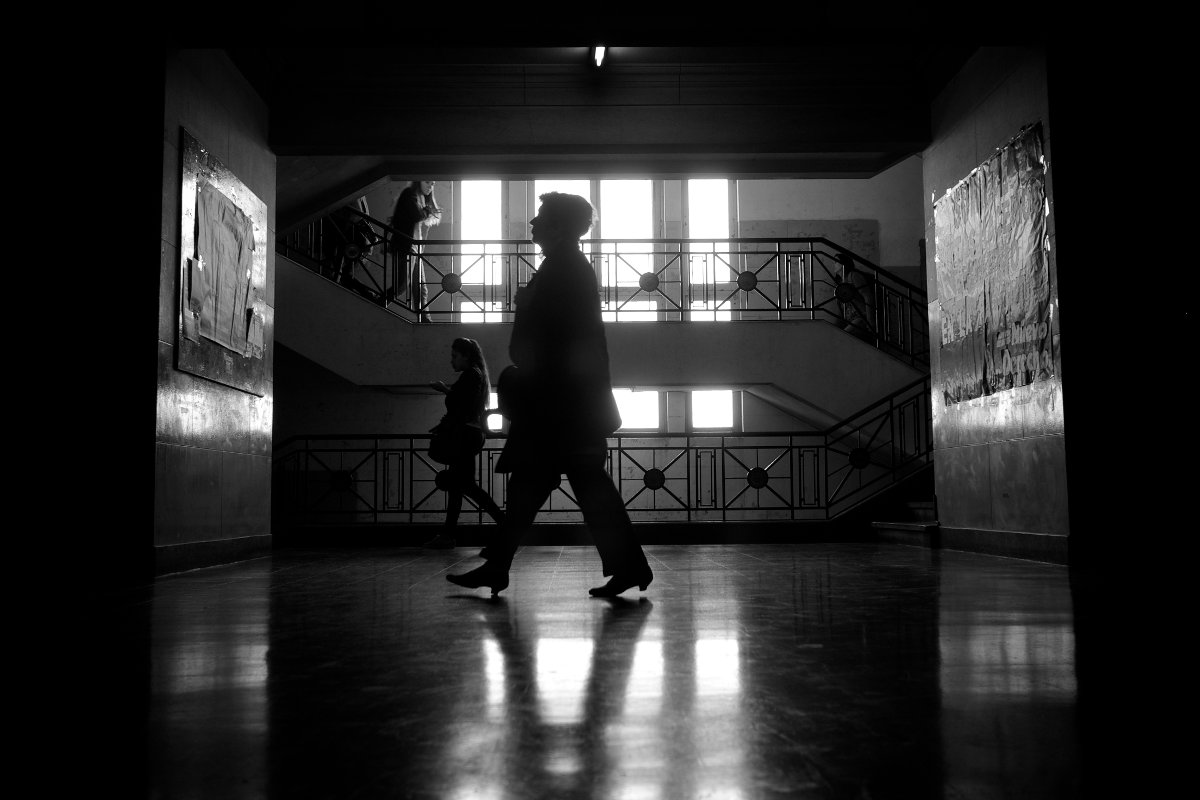
The book The Teacher Wars: A History of America’s Most Embattled Profession, by Dana Goldstein, presents the most comprehensive review of educational reform efforts I have seen in the 40 years I have been reading on the subject. It provides solid, research-based insights on what works and what doesn’t work in education. The book points out that accountability and value added measurement are the current rage and are the major influencers in educational policy from “No Child Left Behind” to “Race to the Top.”
…we tend to pick an issue of the day (e.g. accountability) and fail to take into account all the required factors for effective educational reform
My concern over a long history of educational involvement at multiple levels (elementary education, inmate rehabilitation, adult learning, wellness programming, leadership development, and university teaching) is that we tend to pick an issue of the day (e.g. accountability) and fail to take into account all the required factors for effective educational reform. In my view, the five broad categories are:
- components,
- functions,
- processes,
- conditions, and
- standards
All of these factors need to be seen as critical elements of an integrated system. Let’s take a look at each one.
Components: Traditionally, discussions about the right components revolved around reading, writing, math, and science. A focus on the right components usually results in content wars, e.g. what is the best reading program?, what is the best way to teach math?, where do the arts and PE fit in the mix? A mentor of mine, Robert Carkhuff, has proposed the most radical reform idea I have seen in the content arena. He suggests that we adopt a new 3Rs of education: Relate, Reason, and Represent. Our ability to relate to information is directly dependent on our reading, writing, and math skills, so this reform proposal does not throw the baby out with the bath. It simply puts it into a larger context and gives the learner a good reason to learn the basic navigational tools of learning. The idea also encourages the learner to relate constructively to people as well as to information—a rather key component of our ability to serve as productive citizens. Our ability to reason depends on our capability for comprehension and our ability to think. Our ability to represent depends on our writing skills as well as our ability to think multi-dimensionally. As I mentioned earlier, our deficiency in this area has led to hundreds of failed reform efforts that relied on a single factor instead of representing the solution as a multi-faceted, interconnected system of all success factors. I happen to think that the New 3Rs makes good sense, but the point is that educational components only comprise one part of the equation. We need to step out of the quagmire of content wars and see the larger picture.
Our ability to reason depends on our capability for comprehension and our ability to think. Our ability to represent depends on our writing skills as well as our ability to think multi-dimensionally.
Functions: As I see it, the three main functions of education are to learn, to think, and to create. We need to learn how to learn, learn critical content, and learn how to access the rapidly exploding body of information that is available to us. Memorizing facts to pass tests is no longer sufficient to compete in a global environment. With information doubling at shorter and shorter time intervals, it is increasingly important to be able to process all the information and think about implications and possibilities in entirely new ways. Also, as the rapid advances in innovation have demonstrated, we can longer depend on a certain set of skills and knowledge maintaining their relevance over time. We need to constantly generate new ideas and develop new skills that enable us to differentiate ourselves in a competitive environment. Clearly, there are other functions of education beyond learning, thinking, and creating, but these seem most important to me.
Memorizing facts to pass tests is no longer sufficient to compete in a global environment.
Processes: In Teacher Wars, Goldstein summarizes a vast body of research that highlights what seems to be most effective in the teaching process. Three key variables emerged: Set high expectations, regularly assess starting points and progress, and personalize learning goals and methods for each learner. Part of setting high expectations is that you have to believe that every learner can learn even though the pace may be different. If you don’t believe children can learn, they probably won’t. Being able to personalize learning means developing individual educational plans for each learner. It is also means being able to relate to each kid’s feelings, experience, and learning style. David Aspy once summarized all of educational research as “kids learn from people they like.” If you can’t respond to a kids’ experience and personalize their leaning, it is unlikely they will like you. And it is unlikely they will learn.
Part of setting high expectations is that you have to believe that every learner can learn even though the pace may be different.
Conditions: It has become increasingly clear that teacher effectiveness is only one factor that accounts for kids’ ability to learn and develop. The student’s home environment, the school environment, and the overall community environment all play roles. Kids from low income, single parent homes are less likely to succeed as kids who come from affluent, privileged backgrounds. If children are more worried about getting home safely due to gangs and drugs than they are concerned about completing their homework, then their chances of success are diminished. Recent research demonstrates clearly that academic performance is directly related to the number of words that kids hear in the first 4 years of their life. If they enter school having grown up in an abusive environment and having listened to very few books, the chances for success are slim. Conditions also apply to teachers. If teachers feel like they are constantly demonized, scrutinized, and marginalized, they are unlikely to feel very buoyant about their career. Similarly, if a school is under-staffed, under-resourced, and under-valued, then the culture of the school is less likely to be stimulating and supportive. The point is that learning conditions and cultures have to be taken fully into account for educational reform to be effective and sustainable.
…learning conditions and cultures have to be taken fully into account for educational reform to be effective and sustainable.

Standards: And now we come to the factor that is currently getting the most attention. There are wide ranging and deep debates about how teachers are evaluated and how much weight student performance gets in the formula. Value added measurement looks at how much progress individual students have made between two points in time. Complex formulas are being developed to predict what a reasonable expectation should be (e.g. two reading levels in one year) given the composition of the class and other factors that could affect learning. The goal is to measure how much value the teacher adds taking into account all other variables. Clearly, this is a difficult bar to achieve. In addition to trying to reach agreement on what gets measured, how each factor is weighed, and who performs the measurement, this process is also held hostage by the amount of time and money it takes to conduct the evaluation. The goal of any research is to control for as many variables as possible and isolate the key factors that actually make a difference or not. For me, standards for school performance, teacher performance, and school performance are all vital. They need to be as simple and fair as possible and be administered in a way that doesn’t require excessive time, training, and money. Having created some of the most comprehensive performance evaluation systems for the most prestigious companies in the world, I have waded through the deep puddles of this problem. I can say with a lot of dirt on my feet, that it is hard to find a way to come out clean.
There are wide ranging and deep debates about how teachers are evaluated and how much weight student performance gets in the formula.
But to come back to the overall goal of this post, my belief is that all five factors need to be addressed and we need to see the inter-relationship among all of them. It’s inappropriate to place all the blame on teachers or students when many factors come into play. It’s also inappropriate to place all your hope on a single intervention when the entire system requires transformation.
In my work building healthy, innovative, and productive work environments, I have found Patrick Lencioni’s work on dysfunctional organizations to be very helpful and relevant to this issue. Lencioni suggests there are four building blocks to achieving great results:
- Trust,
- Healthy Conflict,
- Commitment, and
- Accountability.
In his experience, you can’t achieve great results by focusing solely on accountability. It is also necessary to build trust, engage in healthy conflict, and develop commitment to the goals and plans.
In the current educational reform environment, there is very little trust and lots of unhealthy conflict—whether it’s the union stance around tenure or the best literacy program for each type of student.
If educational reform is going to be successful, we need to start with trust and healthy conflict.
In my view, commitment is not the major issue. Having been married to an extraordinary special education teacher and having raised a daughter who is now teaching at Columbia Teachers College, I don’t see a lack of teacher commitment as the biggest problem. To me, capability and culture are far more potent variables in the success equation. Teachers are currently receiving minimal amounts of professional development and most are not prepared to deal with all the classroom management, lesson planning, teaching delivery, and administrative requirements they must face on a daily basis—not to mention a classroom of technology-savvy, entertainment-addicted, demographically-diverse, and learning-diverse students.
The title of this post, integrated educational reform, was intended to suggest that all factors need to be taken into account if we are going to achieve effective and sustainable change. The title also alludes to another major challenge underlying the whole reform movement. After the Civil Rights Act of 1964, the primary focus was on integration, not accountability. The pendulum has now swung to the other side, at the expense of more serious efforts to integrate racially and economically. Our schools have become more segregated in the last 30 years, and our student populations are suffering the consequences of the severe income inequality gap that has insidiously poisoned our culture and our economy.
Our schools have become more segregated in the last 30 years, and our student populations are suffering the consequences of the severe income inequality gap that has insidiously poisoned our culture and our economy.
Americans live, learn, and work in more unequal ways than they ever have in the past. So integrated educational reform means changing our systems as well as our shared values. It can be done, but it won’t be easy and there are no “one factor solutions” that can possibly pull it off…and pull us up on the list of countries with the best educational systems.
Also published on Medium.




[…] in every single human being. The first rudiments of these must be started by the schools and educational systems. — Rudolf Steiner (The Threefold Social Order, Chapter […]
[…] couldn’t read a word, and get them above grade level in less than a year. Her deep expertise in literacy education, her endless patience, and huge heart combined to get amazing results. But it’s what happened in […]